(847) 250- 7760
Emergency Services 24/7
Commercial & Residential
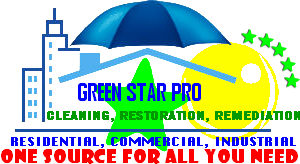
![]()
![]()
![]()
![]()
![]()
![]()
![]()
![]()
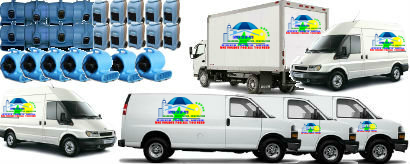

GREEN STAR PRO Residential Mold Inspection & Testing | Residential & Commercial
This Week's SpecialsCertified Residential Mold Inspectors-GreenSTAR
GreenSTAR Pro is the leader service and premier source for Residential & Commercial Mold Inspection and Killing in Arlington Heights, Lincolnshire, Northbrook, Lake Forest, Palatine, Barrington, Vernon Hills, hinsdale, evanston, Schaumburg, Inverness and Chicagoland for your peace of mind. Mold remediation generally requires more than simple clean-up. The goal is also to prevent the mold from recurring. This involves fixing the water problem, drying the excess moisture, cleaning the area, and removing the mold.
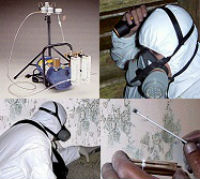
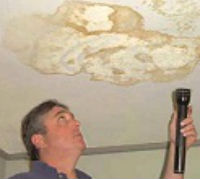
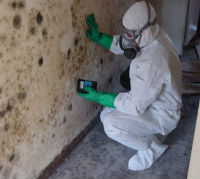
There are many places inside a home to look for mold growth Such as Ceiling tiles, Windows, Behind furniture, Behind wallpaper, Bathroom, Lundry Room, play room and other rooms
When moisture is provided by leaks or condensation, the interior of walls become good areas for mold outbreaks. The kitchen is frequently damaged through leaks from appliances with water connections.
for Mold Inspection Call now: (847) 250- 7760

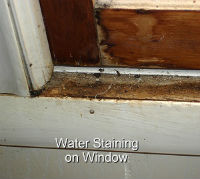
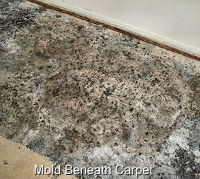
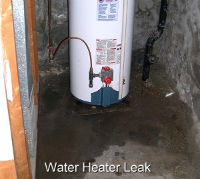
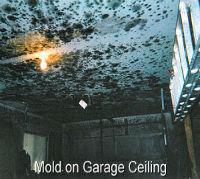


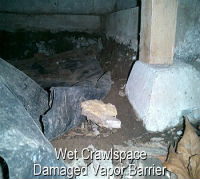
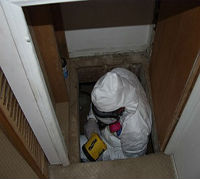
For Residential & Commercial Mold Inspection based on EPA and PMII Guidelines with Call MASTER GreenSTAR PRO
- The U.S. Government estimates that Americans are exposed to over 200 different types of mold on a daily basis.
- When left untended, mold can cause a lot of damage.
- Generally mold enters homes through windows, doors, cracks, and vents.
- The most costly mold related repairs are caused by mold that no one knew was there!
- If you suspect you have a mold problem, don't wait until you can visually see it. If you smell musty odors or become aware that your property has experienced a flood or plumbing leak in the past, it is a good idea to have a professional mold inspection performed.
- Dry Basement Adds value to your Home!
- For the peace of mind that you deserve, only trust well known mold remediators. (ONLY MASTER GreenSTAR PRO)
- Be PRO-ACTIVE like MASTER GreenSTAR PRO and let us help you
- Mold can not be washed out of some surfaces based on EPA guidelines. The only way to remove is Professional Mold Remedaition with MASTER GreenSTAR PRO (847) 250- 7760
What are molds?
Molds are microscopic organisms that live on plant or animal matter. They aid in the break down of dead material and recycle nutrients in the environment. Present virtually everywhere, they can be found growing on organic material such as soil, foods, and plant matter. In order to reproduce, molds produce spores, which spread through air, water, or by insects. These spores act like seeds and can form new mold growth if the conditions are right.
Why do molds grow?
Mold will grow and multiply under the right conditions, needing only sufficient moisture (e.g., in the form of very high humidity, condensation, or water from a leaking pipe, etc.), and organic material (e.g., ceiling tile, drywall, paper, or natural fiber carpet padding)
Can mold become a problem in my home?
Mold growth may occur in your home if there is sufficient moisture because mold spores are everywhere.
Should I be concerned about mold in my home?
Exposure to mold can cause health effects in some people. The most common effects are allergic responses from breathing mold spores. These allergic responses include hay fever or asthma and irritation of the eyes, nose, throat or lungs. We usually cannot say how much mold is too much as our reactions to allergens can vary greatly depending on individual sensitivity. Allergic responses can come from exposure to dead as well as to living mold spores. Therefore, killing mold with bleach and or other disinfectants may not prevent allergic responses. Extensive mold contamination may cause Severe Damage to the home.
What are common symptoms of mold exposure?
Allergy and irritation are the most common symptoms of mold exposure. Although symptoms will vary, the most common symptoms seen in people exposed to mold indoors include:
- Nasal and sinus congestion
- Eye irritation, such as itchy, red, watery eyes
- Respiratory problems, such as wheezing and difficulty breathing
- Cough
- Throat irritation
- Skin irritation, such as a rash
- Headache







